 Get
Get
Iranian Rials Fast!
- Free home delivery over £750
- with Royal Mail Special Delivery 1pm
- Better rates than the banks
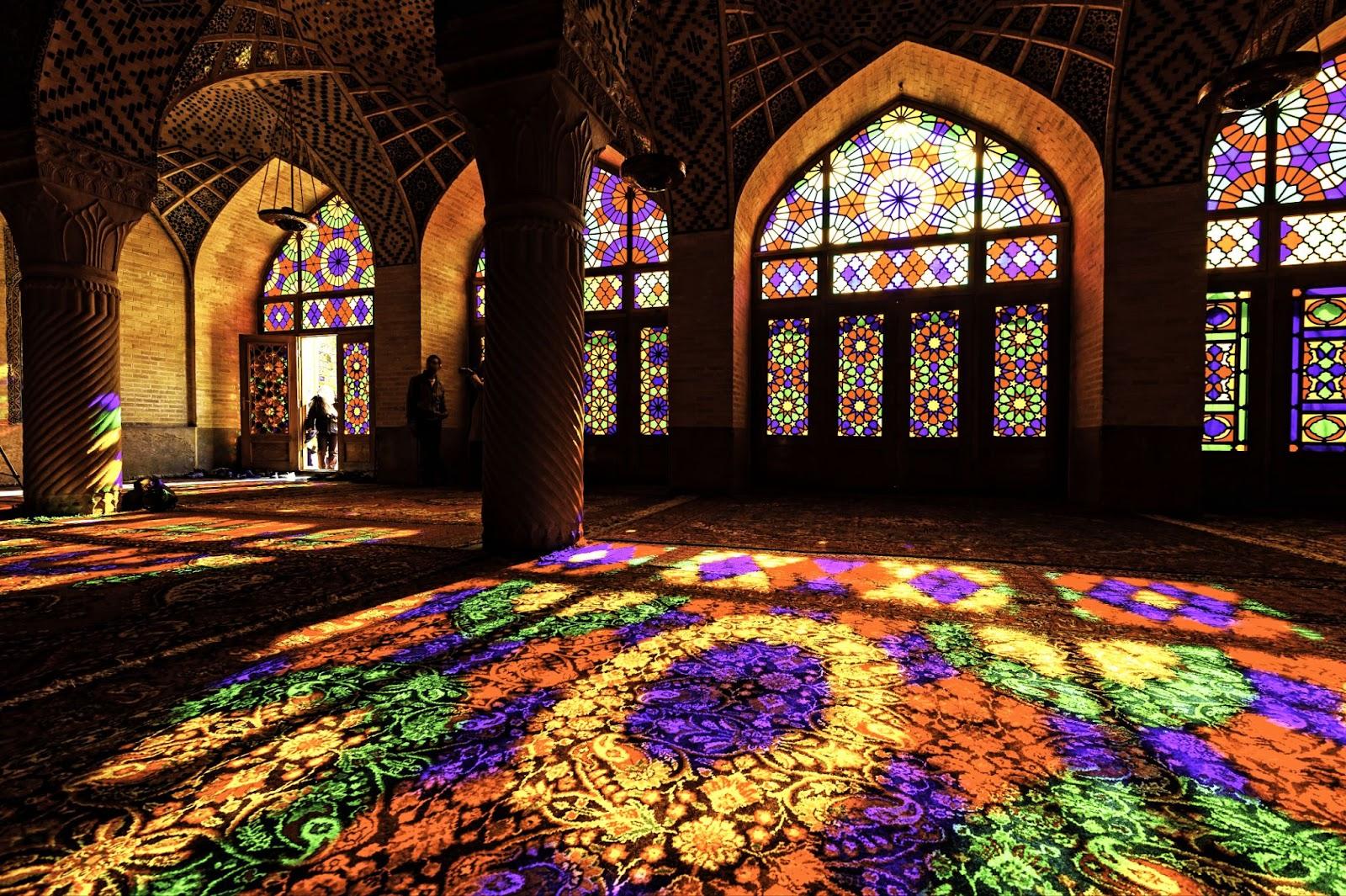
Get the best Iranian rial exchange rate today
Manor FX is here to help with unbeatable GBP to Iranian rial exchange rates online, ensuring you get more value for every pound you convert.
Enjoy convenient delivery right to your doorstep or pick up from our bureau near Heathrow.
With our easy online system, acquiring Iranian rials is simple and fast. Convert your British pounds to Iranian rial (IRR) with Manor FX today.
Travel warning
Parts of Iran are currently not safe for travellers to visit. Head over to the government website to find out more information on how this could affect your travels
Iran travel money
We’ve got essential tips for you on the Iranian rial currency and using cards in Iran.
Can you buy Iranian rial in the UK?
Because the Iranian rial is a closed currency, buying it in the UK is quite tricky.
Most currency exchanges outside of Iran don’t deal with rials due to its restrictions, but we do.
We can also help you exchange Iranian rials for British pounds on your return to the UK too.
Buy your rials now
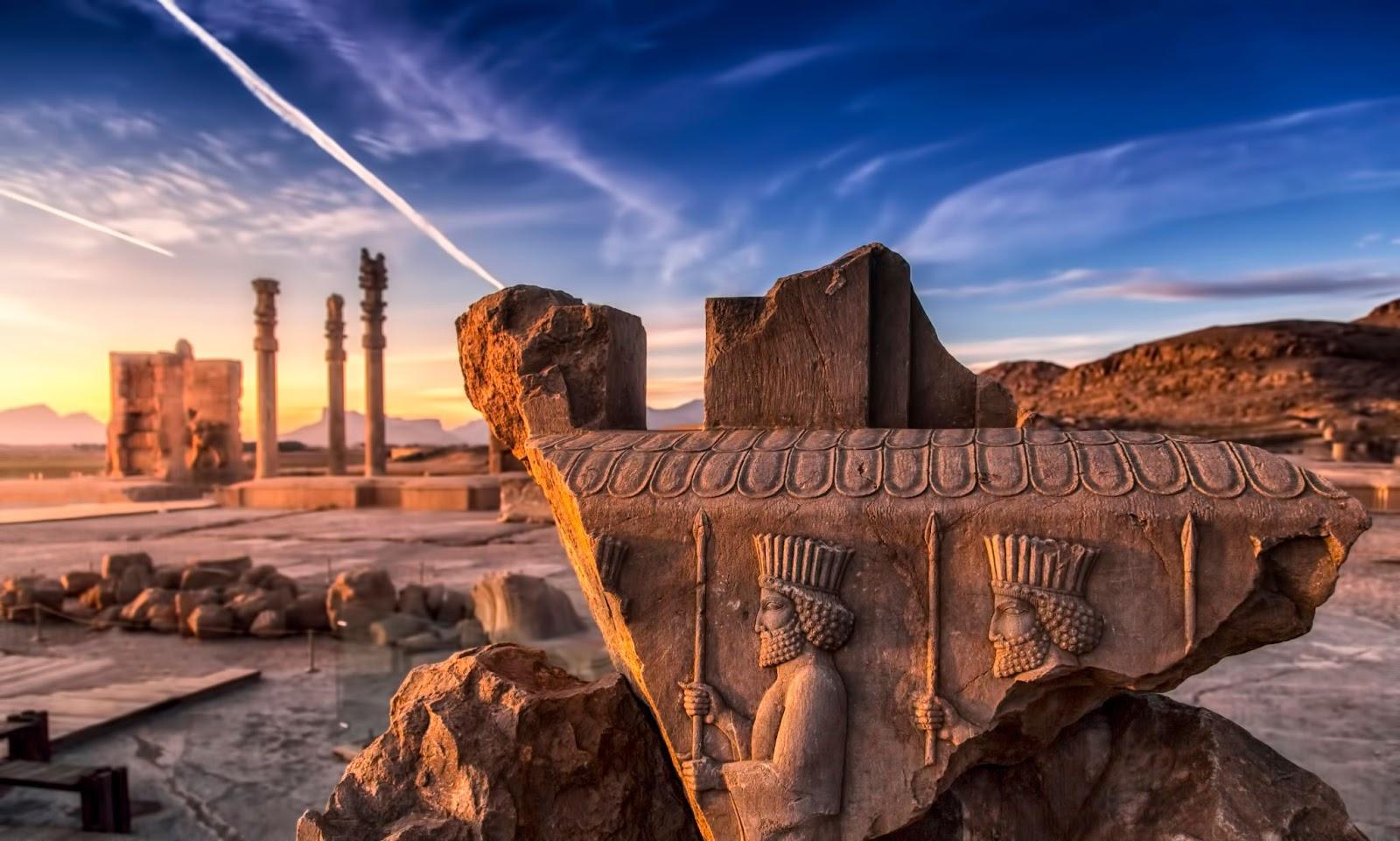
Where to buy Iranian rial?
You can’t get Iranian rials at major banks or post offices.
Order your Iranian rials online through Manor FX before your trip for top-notch currency rates.
Should I exchange money before travelling to Iran?
Definitely, having Iranian rials on hand for immediate costs like transport and meals upon arrival is wise.
What’s the best currency for Iran?
The best currency for Iran is the national currency, the Iranian rial. The official currency of Iran is widely accepted and helps you avoid extra exchange charges.
While some places might accept US dollars, the rates are less favourable. Stick with Iranian rials for the best value.
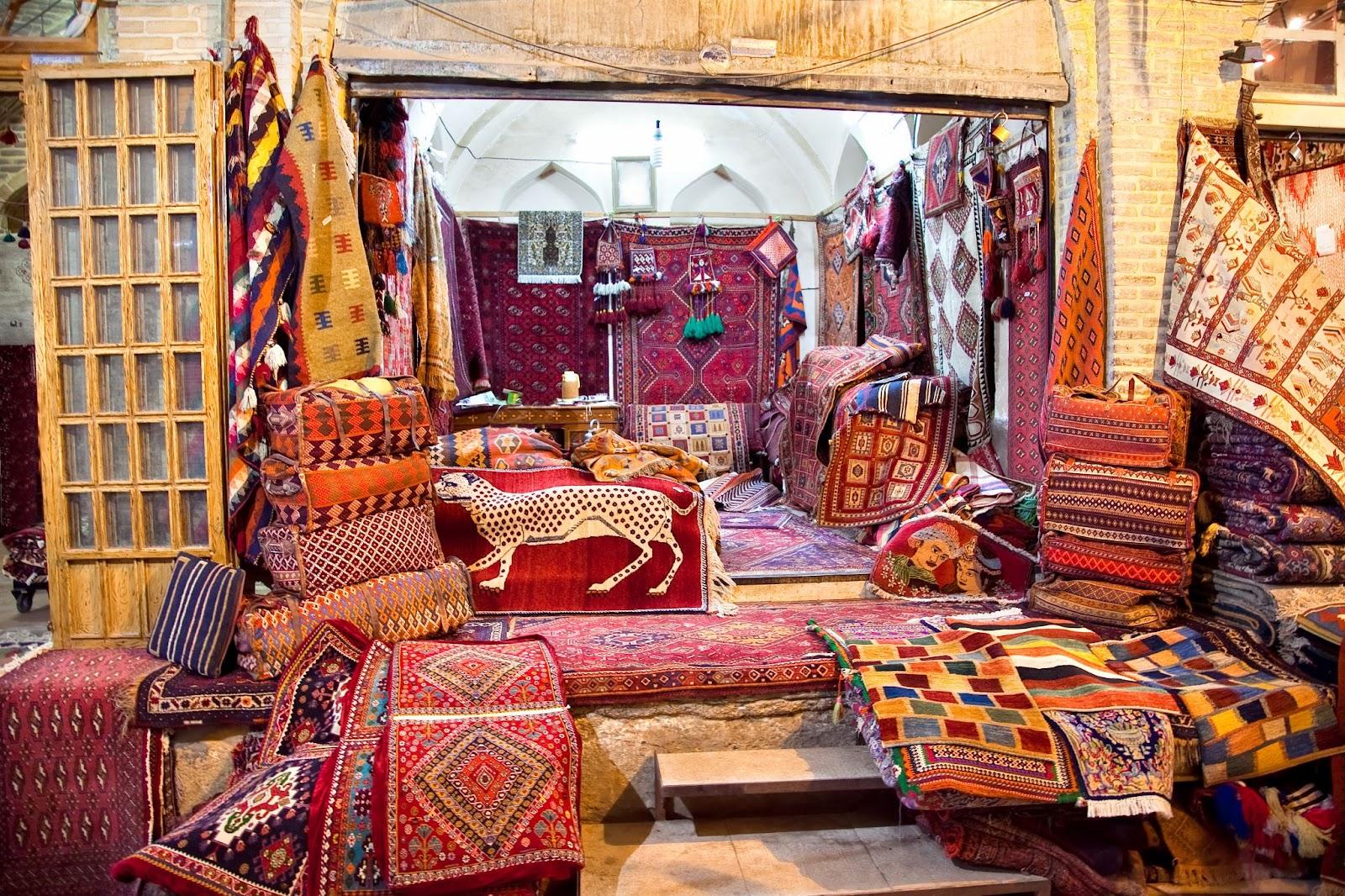
Can I use euros in Iran?
In Iran, the Iranian rial is the primary currency for transactions. Some large hotels and international stores might accept euros, but it’s not widespread. When they do accept euros, the exchange rates might not be great.
It’s always best to use Iranian rials for your purchases to sidestep any exchange rates or acceptance issues.
Can you use USD in Iran?
In Iran, using United States dollars for everyday purchases is not common. The Iranian rial is the main currency for transactions.
However, in some situations, like paying for hotel rooms, tours, or possibly at some larger stores, you might be able to use USD.
But it’s always best to have rials on hand for most of your spending to avoid any hassle with currency exchange rates or finding places that accept dollars.
Can I use my credit card in Iran?
Yes, you can use major debit and credit cards in many places. But it’s smart to have some Iranian rials for locations that don’t accept cards.
Also, check with your bank about any foreign transaction fees.
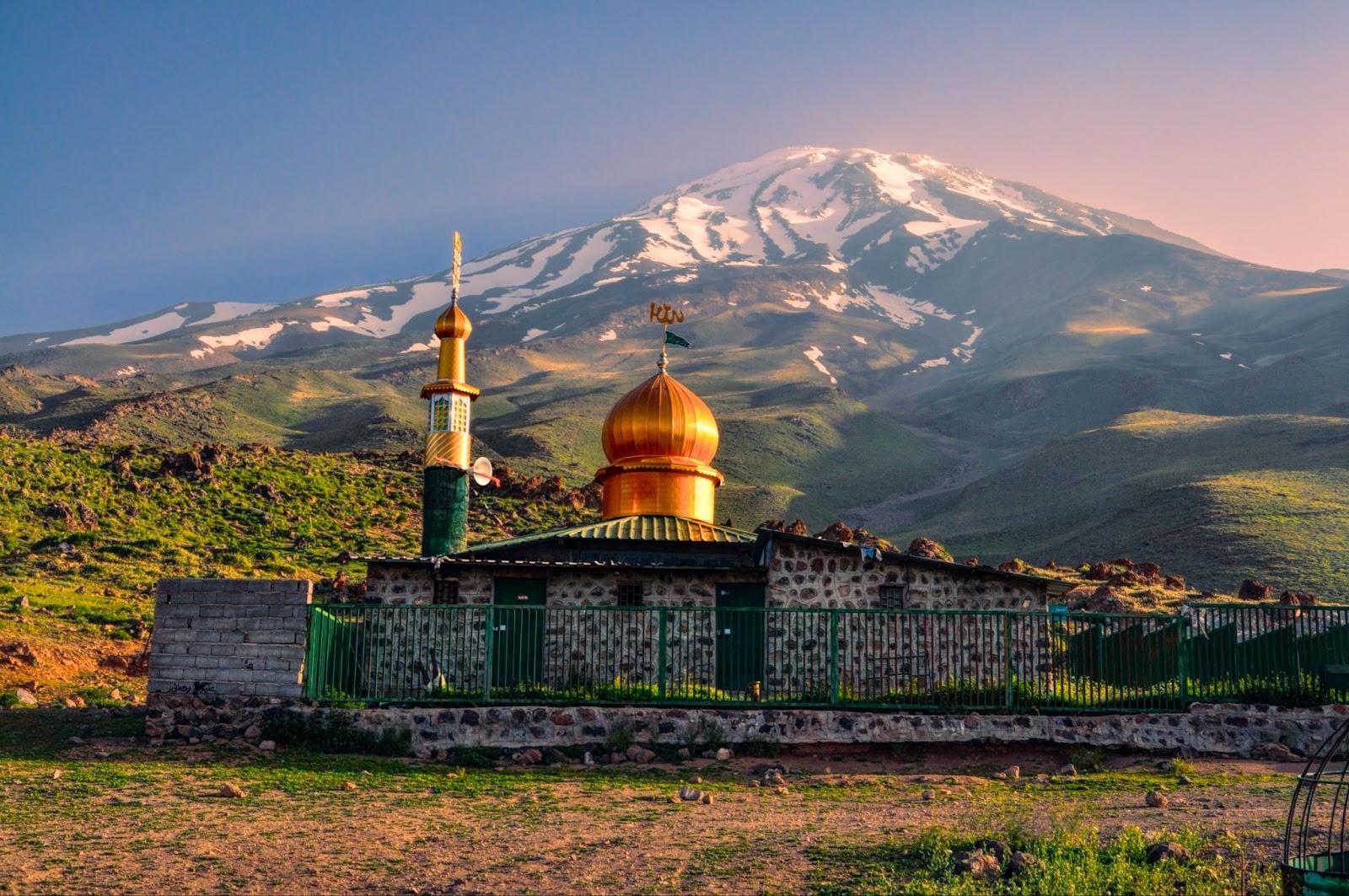
Is it better to use cash or card in Iran?
Both options have their advantages. Big hotels, shopping centres, and restaurants usually accept cards, but beware of foreign transaction fees.
Cash is helpful for minor expenses, such as taxis or places that don’t take cards. A mix of both tends to work best.
How much cash to take to Iran?
The amount of cash you’ll need in Iran depends on your travel style and budget. Here’s a basic guide for a week’s stay, catering to different budgets:
- Budget travel: If you’re keeping costs low, you might spend around £210-£350 (10,500,000-17,500,000 Iranian rials) for a week. This covers basic stays, local food, transport, and some sightseeing.
- Mid-range travel: For a bit more comfort, plan for £630-£1,050 (31,500,000-52,500,000 Iranian rials). This includes nicer hotels, eating out, and a few extra activities.
- Luxury travel: If you’re going all out, consider £1,750-£2,800 (87,500,000-140,000,000 Iranian rials). This gets you top hotels, fancy meals, and special experiences.
Remember, these are just rough ideas. Your actual spending might change based on what you do and any surprises along the way. It’s always good to have a mix of cash and a card that works internationally, just to be safe.
Avoiding ATM fees in Iran
To avoid ATM charges, check if your bank has partner banks in Iran for fee-free withdrawals. Some accounts are travel-friendly and reduce or waive foreign transaction fees.
Alternatively, withdraw more significant amounts less often to save on fees. However, avoid carrying too much cash.
Pre-exchanging your British pound sterling to Iranian rials with Manor FX at competitive rates is smart.
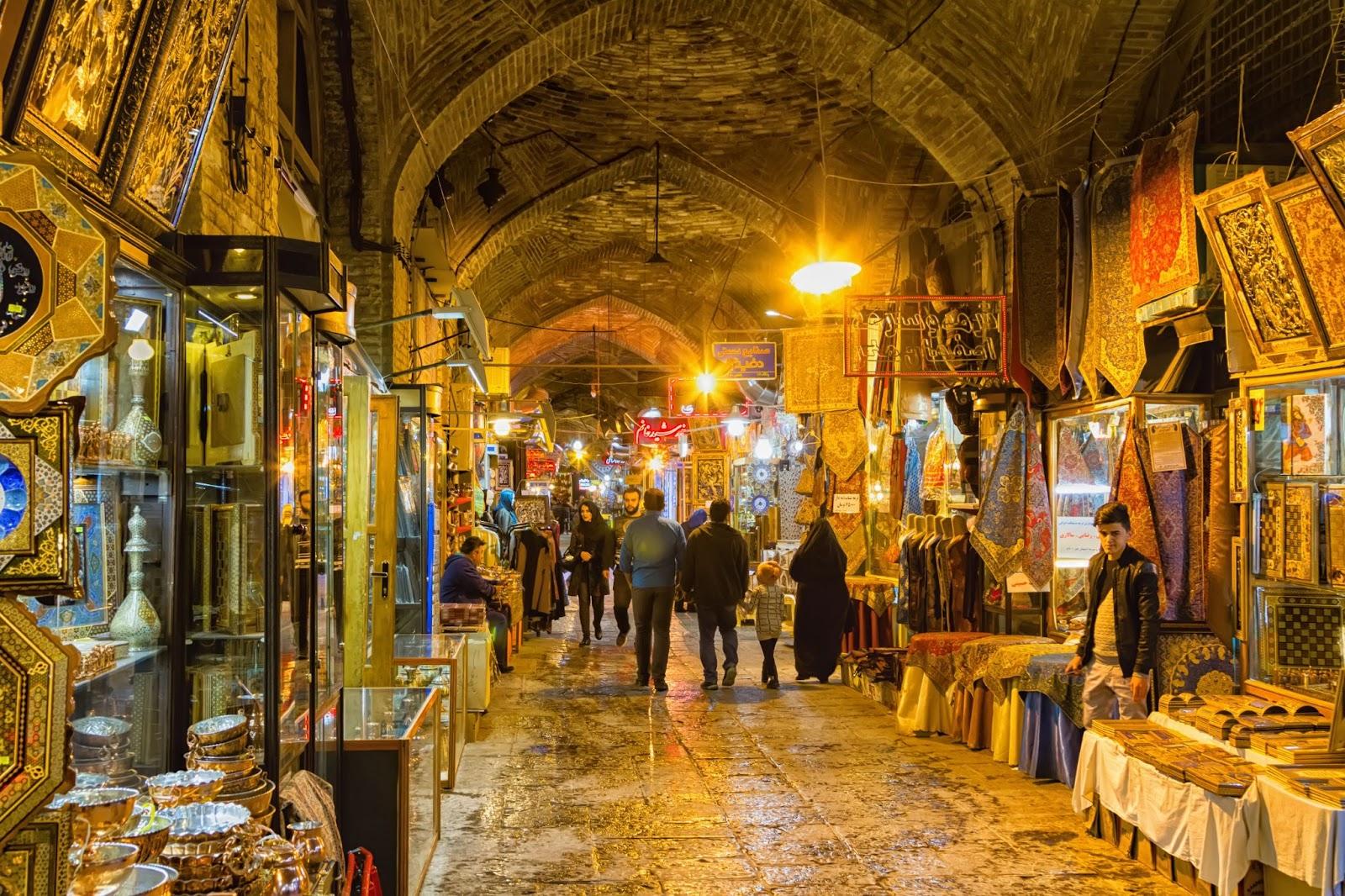
Is Iran expensive to visit?
The cost of visiting Iran can vary. For example, a meal at a mid-range restaurant might be about 500,000 rials (£10), and taxi fares start from 100,000 rials (£2).
However, groceries and public transport are more budget-friendly. Planning your finances can help you make the most of your Iran trip.
Tipping in Iran
Tipping isn’t mandatory in Iran, but it’s appreciated for good service. Without a service charge, 10-15% at restaurants is typical. For taxi drivers, rounding up is common, and consider £1-£2 for hotel staff.
Is Iran a closed currency?
Yes, Iran has a closed currency, which means the Iranian rial is not freely traded on the international market.
You can’t usually buy or sell rials outside of Iran, but you can buy Iranian rial currency from us at Manor FX.
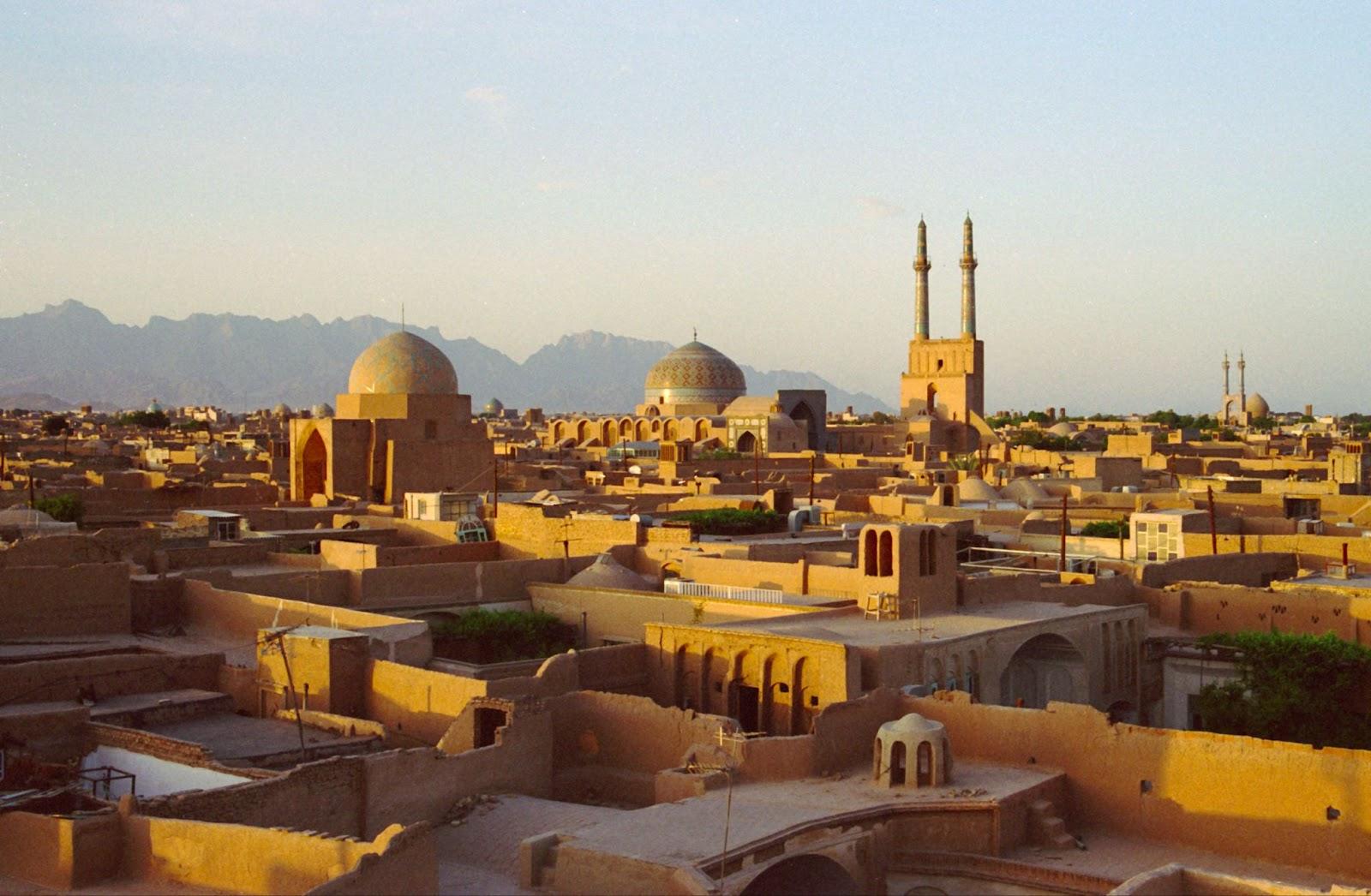
Buy your rials now
Iranian currency
Iranian rial banknotes
Iran uses the Iranian rial, abbreviated as IRR. Notes issued from the Central Bank of Iran come in denominations like 10,000, 20,000, 50,000, and 100,000 rials. They feature Iran’s rich history and culture, such as the Shah Mosque and Persian poets.
Each note has a distinct colour for easy identification. For instance, the 50,000-rial note is orange. Carrying a range of denominations is helpful for various transactions.
Iranian rial coins
In Iran, coins include 1,000, 2,000 and 5,000 rials, and smaller values. They display symbols of Iran’s heritage, like the Persian lion. Coins are handy for minor purchases and public transport.
Having a mix of coins and notes is beneficial. Exchange your GBP for Iranian rials at Manor FX for top rates online.
Iran’s currency import and export regulations
Iran has specific regulations for bringing in and taking out currency. You can carry up to 10,000 euros or its equivalent without declaring it. For higher amounts, declaration upon arrival is necessary.
The same applies when leaving Iran. Failing to declare large sums can cause issues. Always verify the latest regulations before your journey.
Buying Iranian rials online
Exchange your pounds for Iranian rial with Manor FX. You can place your foreign currency order online 24 hours a day 7 days a week.
You’ll receive your travel money swiftly and securely via Royal Mail Special Delivery Guaranteed® the next working day.
Or, collect your Iranian rials from our Manor FX travel money shop near Heathrow. Click here to order Iranian rial online now.
Selling Iranian rials
Convert leftover Iranian rials to GBP with Manor FX. Choose the ‘sell currency’ option and select ‘Iranian rial (IRR)’ to exchange unused Iranian rial to pound sterling.
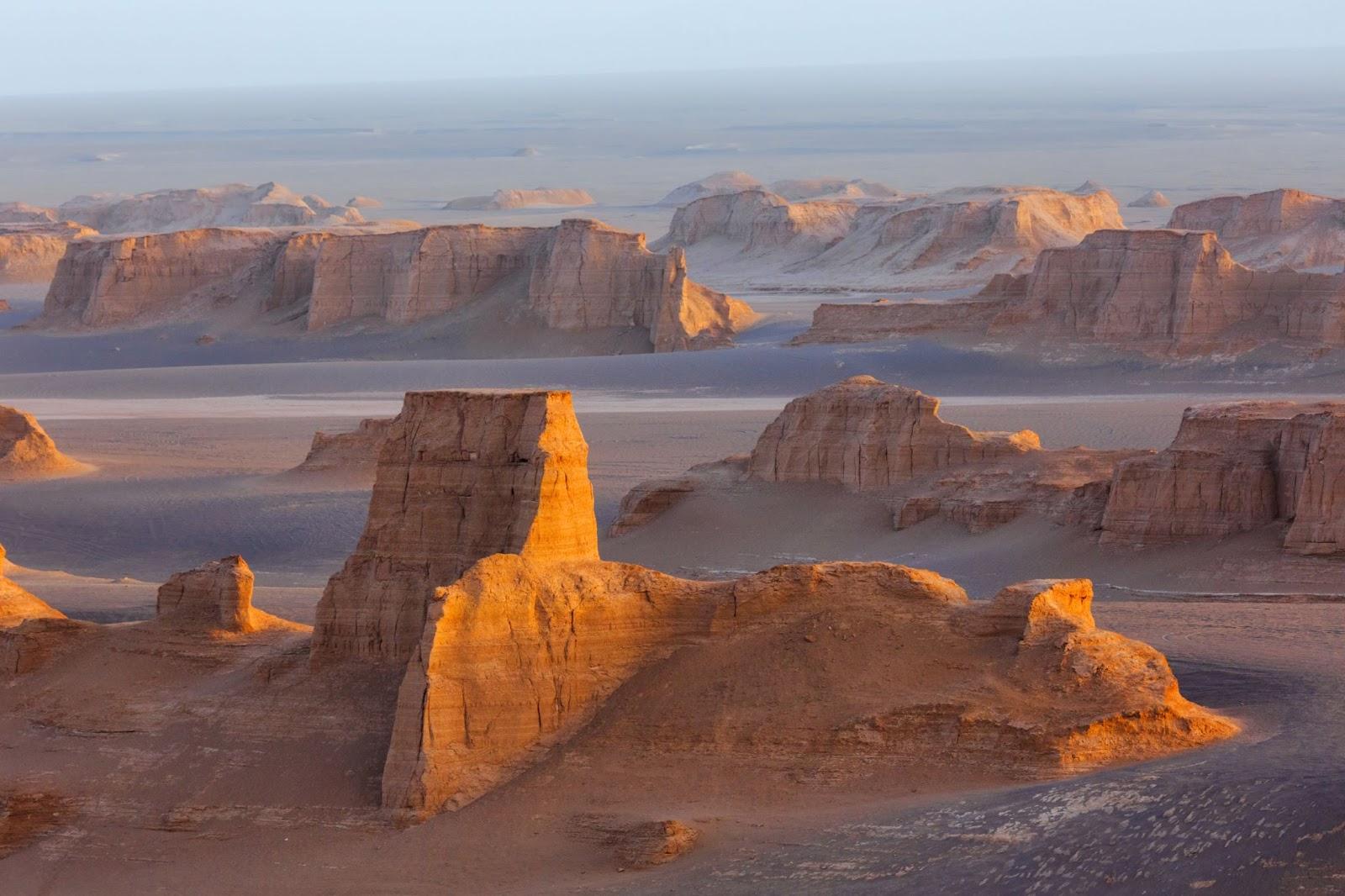
FAQs
Is it safe to go to Iran?
No. When the FCDO (Foreign, Commonwealth & Development Office) advises against all travel to Iran, it means they’re warning UK citizens to avoid going to Iran for any reason. This kind of advice is usually given when there’s a high risk to safety and security, such as political unrest, conflict, or severe health risks. It’s a strong recommendation to reconsider travel plans to ensure personal safety.
Why does Iran have two currencies?
Iran has a bit of a unique situation with its currency. Officially, the currency is the Iranian rial. But there’s another term you’ll hear a lot: the toman. The toman is an informal currency used by locals in everyday transactions.
Here’s the scoop: 1 toman equals 10 rials. This system came about because of high inflation in Iran, which made the rial lose value over time. People started using the toman to make things easier, which removes one zero from the rial’s value.
So, when you’re in Iran, if someone talks about prices in tomans, just remember they’re referring to a value that’s ten times less than in rials. It’s a bit like a shortcut to avoid dealing with many zeros!
What is the difference between a rial and a toman?
The difference between the Iranian rial and the toman is mainly in how they are used. The rial is Iran’s official currency, so when you deal with banks or official documents, you’ll see prices in rials.
But in everyday life, Iranians often use the toman, which is an informal term for currency.
Here’s the key part: 1 toman is worth 10 rials. This means if something is priced at 10,000 tomans, it’s actually 100,000 rials.
The toman simplifies things because it drops a zero from the rial’s value, making it easier for people to talk about and handle money, especially with high inflation, making the rial’s value drop over time.
Do you need a visa to go to Iran?
Yes, if you’re from the UK, you’ll need a visa to visit Iran. It’s essential to sort this out before you go. Check the latest visa rules and how to apply by visiting the Iranian embassy’s website or contacting them directly.
What vaccinations are required for Iran?
For Iran, no specific vaccinations are required by law for entry. But it’s wise to be current on routine vaccines like measles, flu, and polio.
Also, consider vaccinations for hepatitis A and typhoid, as they can help protect you from common travel-related illnesses.
Always check with a healthcare provider for the most current advice before your trip.
What is the best time to visit Iran?
The best time to visit Iran is during spring (March to May) or autumn (September to November).
During these months, the weather is really pleasant – not too hot and not too cold.
This makes it perfect for exploring Iran’s beautiful cities, historic sites, and stunning landscapes.
Summer can get extremely hot, especially in the deserts, and winter can be pretty cold in many parts of the country, so spring and autumn are your best bets for a comfortable trip.
Feel the Trustpilot love

Great competitive rates & friendly & helpful staff. Easy to order online & collect in person or delivery.

Great, fast and reliable service would certainly use again for my travel needs, as the rates are the best around!

This amazing company have gone above and beyond in getting a large amount of a rare currency across the pond to Ireland.

Great rates and really responsive, friendly customer support, will definitely be using Manor FX again.

Manor FX gave me a better rate than my bank with great customer service, I highly recommend them.

Family run business that’s always super helpful. Manor FX’s rates are always really good as well!
 Get
Get
Iranian Rials Fast!
- Free home delivery over £750
- with Royal Mail Special Delivery 1pm
- Better rates than the banks